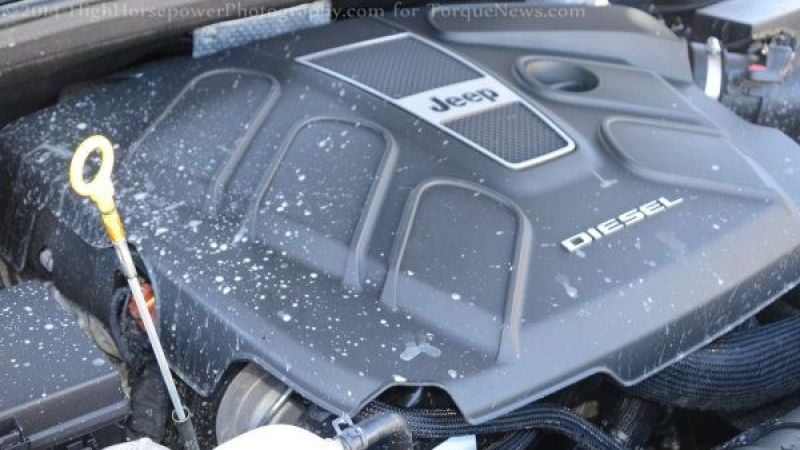Sometimes simple preventative measures can be the best “fixes” for your car. One of these preventative measures is doing regular checks on your car’s essential fluids.
As with other maintenance musts, your vehicle’s owner’s manual is the first place to look for what, when, levels, etc. Sometimes it is necessary to have check-ups regularly by your dealer to keep the warranty in effect; of course you will want to have these check-ups completed as required. However, it is also a good idea to check essential fluids more often on your own, to be sure everything is flowing correctly—again, preventative measures. What essential fluids should be included in your at-home check-ups?
- Oil: Checking the oil can reveal a number of things. First, the level can, of course, indicate whether your oil is too low and you need to add more. If your oil is dark and murky, rather than a more clear, brownish-gold color, double check to be sure you have not neglected a scheduled oil change. It is important that you have your oil changed as recommended by your manufacturer. If you do not drive very much, or if you do a more-than-normal amount of driving, check with your dealer to see if your maintenance schedule should be tweaked for your car’s best performance. Additionally, if your car is leaking oil, using a greater-than-normal amount of oil, or if the oil appears to be an unusual color or texture—milky or foamy, for example—take your car to your dealer for a check-up as soon as possible, as these can indicate possible mechanical problems.
- Transmission fluid: New or newish transmission fluid is clear and reddish/pinkish in color. It doesn’t need to be changed as often as oil, but if the color of your car’s transmission fluid is dark—brown, black or appears to be burnt—a change could be in order. And, if it is low, that could indicate a leak, so have it checked. Also, that mysterious “Check Engine” light can often be linked to the transmission, so always have that checked promptly, as well. But, for the type of transmission fluid for your car, general maintenance and problem prevention, check your owner’s manual.
- Coolant: First, never open the lid to check your coolant when the engine is hot, or you could be severely scalded. After the engine has cooled, check the coolant level. If it needs to be replenished, use antifreeze, not water. Antifreeze has a higher boiling point and a lower freezing point—you are just asking for problems by using water instead. However, some antifreeze may need to be mixed with water before adding. Check your owner’s manual for any suggestions on coolant, and be sure to read the instructions on the bottle you purchase. Your owner’s manual should indicate when a coolant flush is in order.
- Brake fluid: Low brake fluid can be a particular problem for your vehicle, so it is very important that you check it regularly if stopping is important to you—which, of course, it should be! Unlike oil or coolant, low brake fluid should always be a cause for additional concern, as it could indicate a problem such as worn brakes or even a leak in the brake line. If you find that you have low brake fluid, take your car to your dealer for a check-up to be safe.
- Power Steering fluid: Another fluid that should not be getting low. Have it checked by your dealer if you find that it is.
- Batteries: If you do not have a “maintenance-free battery,” you may need to occasionally refill the cells; check your owner’s manual or battery manufacturer to see if this is the case for your battery. If undertaking this task yourself, always wear protective eyewear and gloves, as battery acid has sulfuric acid in it.
If you do decide to refill the battery cells yourself, it is a good idea to use distilled water, which will not have the contaminants regular tap water can have. These contaminants can cause corrosion around the battery terminals. Also, do not overfill; fill only to the bottom of the fill hole.
For many car owners, this may be a task better left for a routine maintenance check-up—but be sure to specify it when you take it to your dealer, just to be sure it does not get overlooked.
In short, get into the habit of checking your vehicle's fluid levels regularly; you'll appreciate it down the road--literally!












Comments
this is something we do every
Permalink
this is something we do every time we get an oil change :) one thing I did not say when I mentioned that the place we use checks all the fluids each time we change the oil, but also does the sticker in the windshield so you know the milege and/or date to get it changed again. even w/all that, as couples get older, sometimes women really need to start keeping up w/this stuff too. I know in my case, and many others out there, the woman is the one who sometimes has to notice this stuff. great article, and for many women, something they have never even considered. can save your car, and can save your life.
You know, Shirl, I had not
Permalink
You know, Shirl, I had not thought about that, but you're right: Roles do change sometimes as we grow older, so it is a good idea for EVERYONE to learn about these basic maintenance needs--never know when it might be your responsibility instead of someone else's.
Everything has changed in the
Permalink
Everything has changed in the last 10 years, particularly with fluids. Long-life coolants are a wonderful development, but there are different formulations and they're not compatible with each other. Adding a little "antifreeze" to a system with dexcool, for example, will turn everything to a sick brown pudding.
If your car is a 2006 or newer, for example, it may have coolant that's good for 10 years. Only add the factory brand coolant to your system or risk damage or, at the very least, loss of protection, to the cooling system. Mechanics don't want to attend classes necessary to understand the new fluids, so they just buy "universal" fluids. This is a disturbing trend.
You're right, Becky; it's a
Permalink
In reply to Everything has changed in the by Becky Witt (not verified)
You're right, Becky; it's a whole new world out there these days. That's why it is always best, no matter what you are doing, to check your car's user manual before adding, changing, "fixing," etc. And, nothing against the independent garages at all--my family has been in the business for years, and there are great ones out there--but you are right, of course: A lot of "old school" mechanics just don't keep up. Takes a lot of work on the consumers' part just to get good basic service these days.